Description
A 4-Port HDMI Splitter is an electronic device that takes a single HDMI video and audio source (like a gaming console, Blu-ray player, or cable box) and simultaneously sends the identical signal to four separate displays (TVs, monitors, or projectors).
In technical terms, it is a 1×4 splitter (1 input, 4 outputs) designed to mirror or duplicate the source content across all four connected screens.
Key Features & Specifications
When selecting a 4-port HDMI splitter, the key specifications you need to look at are the HDMI version, maximum resolution, and HDCP compliance.
Feature Description & Importance
Max Resolution & Refresh Rate Modern splitters should support 4K @ 60Hz (or better, such as 8K) to ensure they don’t limit the quality of modern TVs and sources. Avoid older models that are limited to 4K @ 30Hz or 1080p if you have 4K equipment.
HDMI Standard Look for HDMI 2.0b (or HDMI 2.1 for 8K support) to ensure the splitter can handle high bandwidths (up to 18Gbps for 4K/60Hz) and features like HDR (High Dynamic Range) and advanced audio formats.
HDCP Compliance The splitter must support the latest content protection standard, typically HDCP 2.2, to work with modern streaming services, 4K Blu-ray players, and game consoles (like PS5 or Xbox Series X/S).
Active vs. Passive Almost all 1×4 splitters are Active Splitters, meaning they require an external power adapter (usually included) to amplify the signal. This is necessary to maintain signal quality when splitting the source to multiple displays and over longer cable lengths.
EDID Management/Downscaling Some advanced splitters feature EDID emulation or built-in downscaling to manage mixed display environments (e.g., connecting one 4K TV and three 1080p TVs). This ensures the 4K display gets the best picture while the 1080p displays still get a usable signal



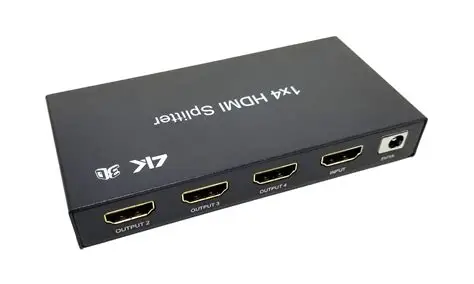

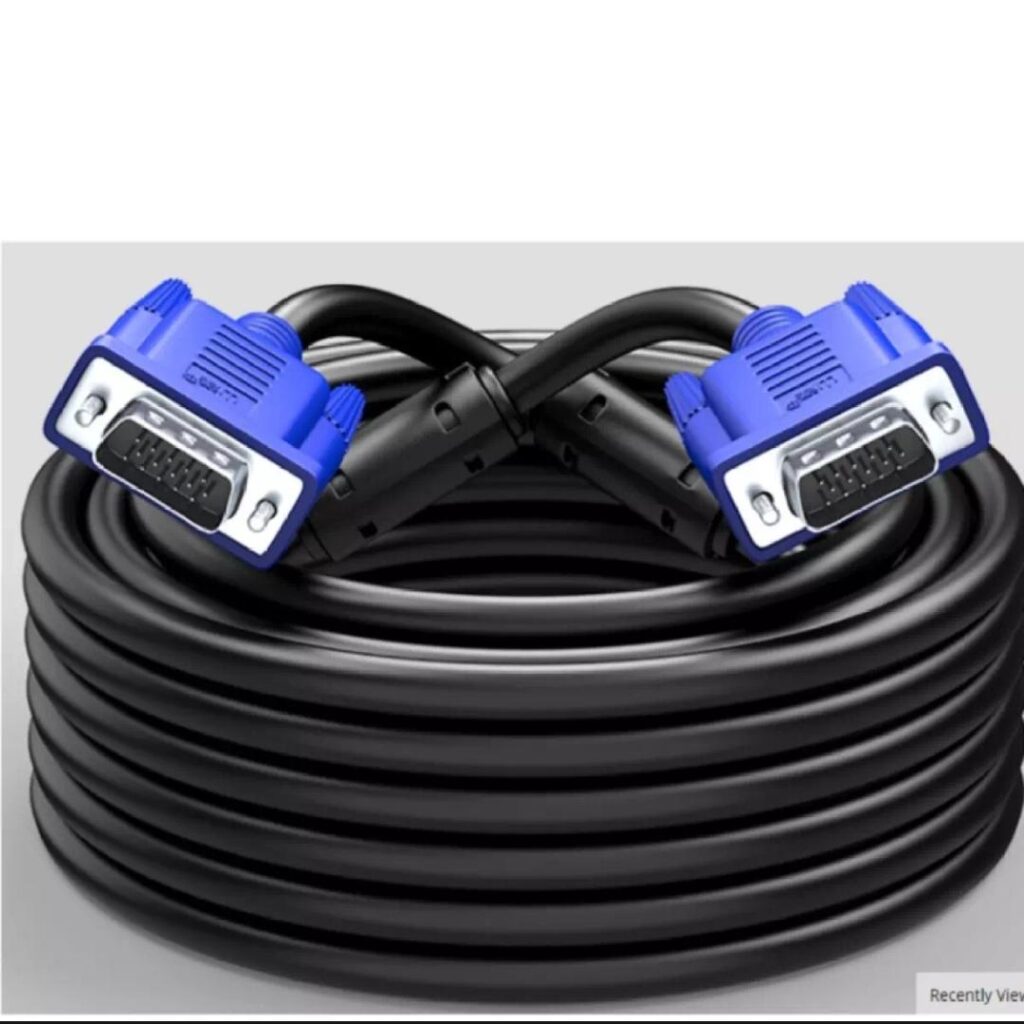
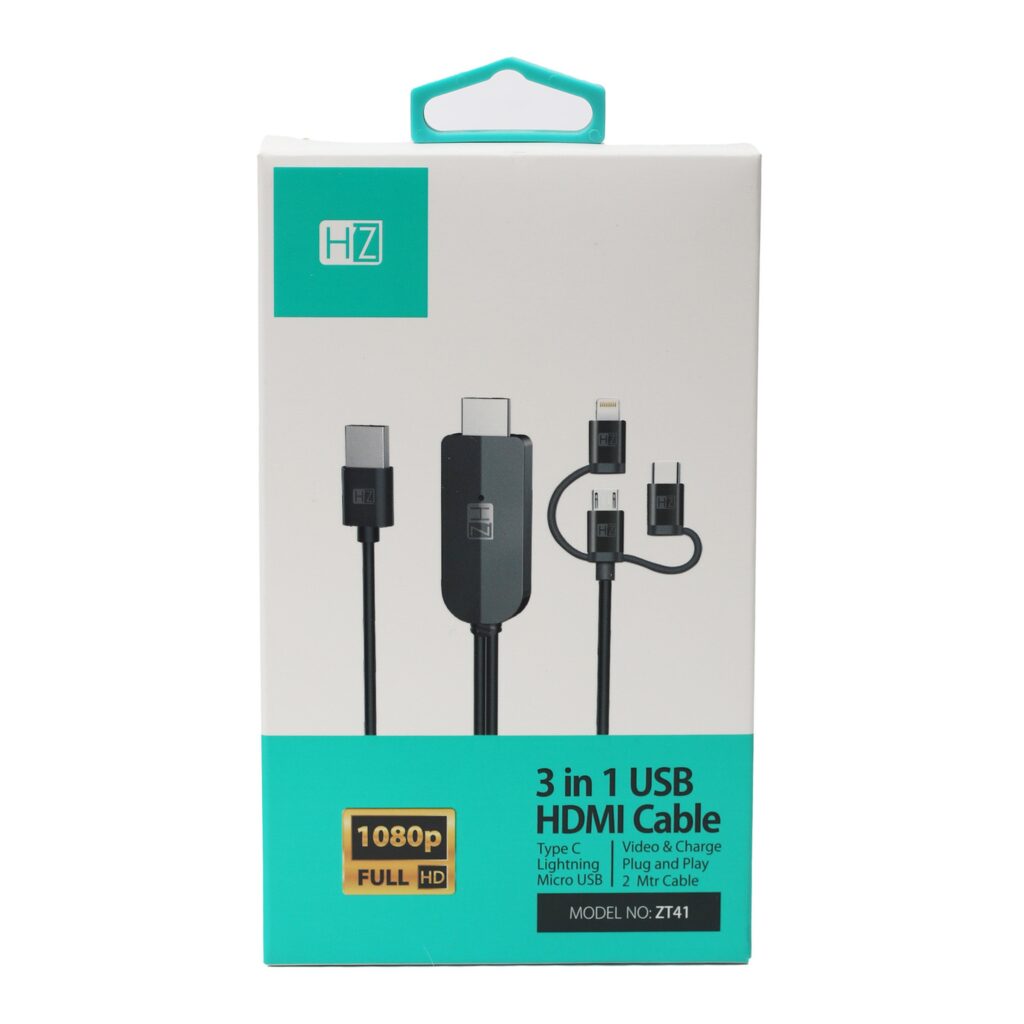
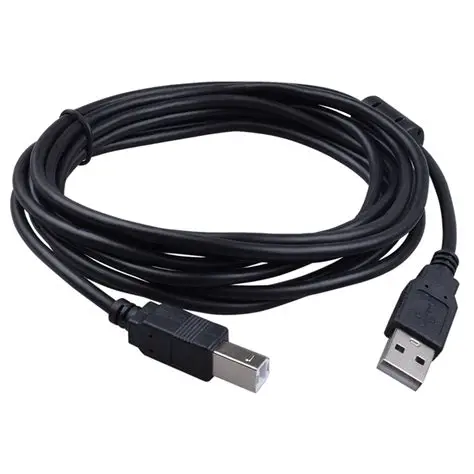
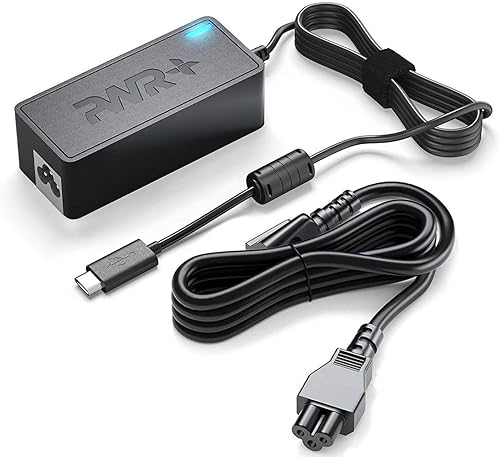

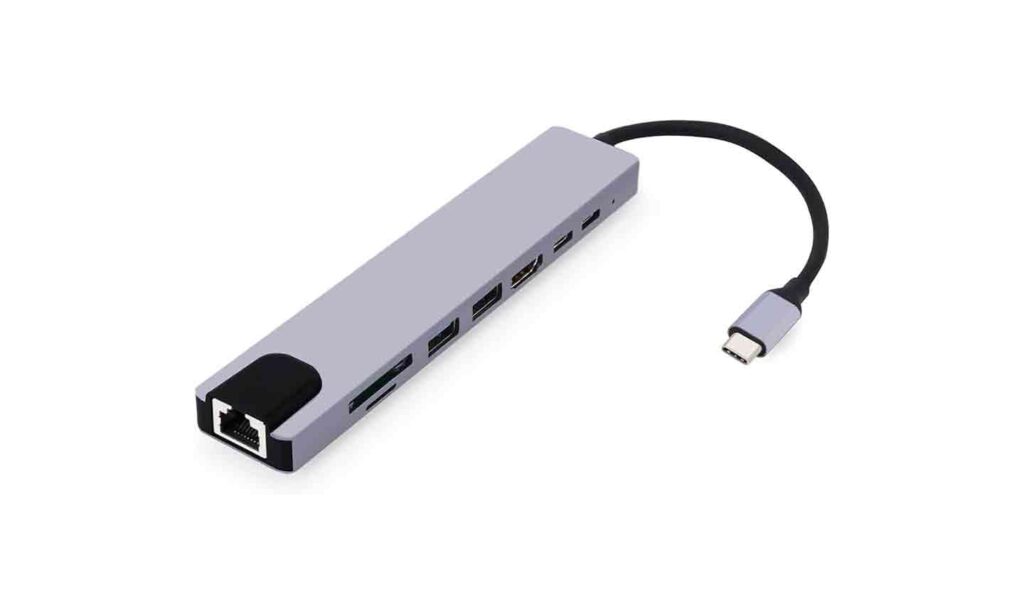
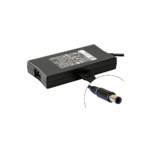
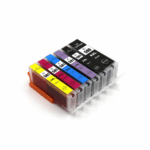


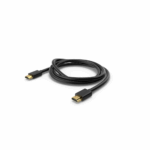
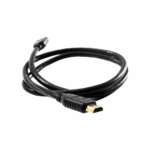
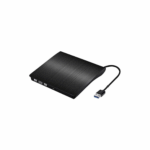
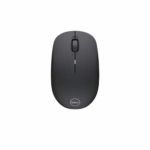

Reviews
Clear filtersThere are no reviews yet.